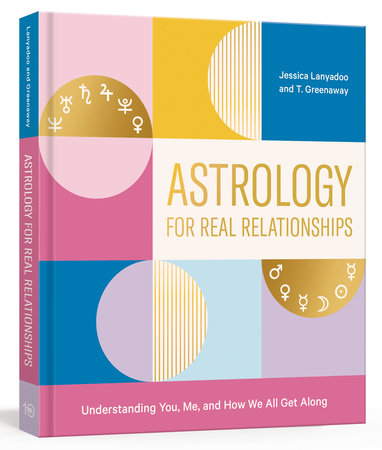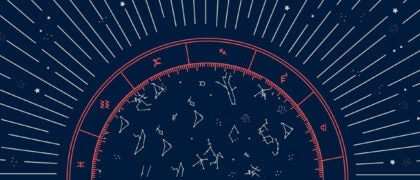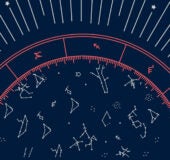INTRODUCTION
I’m going to let you in on a little secret. This book isn’t just about relationships. Yes, that’s how I’ve lured you in, but this book is actually about you.
Astrology offers you a great way to learn about the people in your lives. But, more important, it also provides you with useful tools you can use to get to know yourself. Once you understand all the pieces of your own personal puzzle—who you really are and what you really want—you can become an actualized and an empowered participant in each and every relationship you decide to pursue.
Astrology is a vast and amazing system for understanding your insides and your outsides, and how to bridge the gap between the two. And when I talk about relationships and intimacy, I’m really talking about your mental, emotional, and spiritual health. How you feel in your own skin is directly related to how close you are willing to get to other people. And for those of us who have been discouraged from having agency around our feelings and our bodies, letting people in can be especially hard.
I hope you use this book as a resource for understanding how the placement of the planets in your birth chart relates to your intimacy issues with friends, lovers, and romantic partners. Astrology is complicated! So, let’s start at the beginning.
WHAT IS ASTROLOGY?
Astrology is a system of divination. It’s the study of the movements of celestial objects that has been used throughout cultures and time. Astrologers look at where the planets are in the sky and in relationship to one another to determine cycles and trends of experience.
Astrology isn’t a belief system; it’s a tool for understanding that has been associated with a wide range of belief systems for thousands of years. There are agnostic astrologers, Buddhist astrologers, anti-capitalist Radical Fairy astrologers, and Christian astrologers. There are those who believe everything is light and love, and others who believe we’re all doomed. You can apply any spiritual or philosophical viewpoint to the stars.
ARE YOU GOING TO TELL ME ABOUT MY SIGN?
Most popular astrology reduces a super complex, multi-planet system down to your Sun sign. Because of this, people have a tendency to categorize and pathologize individuals based on their Sun signs. That is not only narrow-minded, it’s also a missed opportunity. The Sun governs your identity and your sense of self—it’s important, yes, but it’s just one part of who you are. For instance, the placement of the Moon tells you about your emotions, the placement of Neptune tells you about your ideals, and where Mercury falls in your chart offers insight about your mind and your thoughts.
WHAT IS MY BIRTH CHART?
Your birth chart is a visual representation of the night sky at the moment and location of your birth. In Western astrology, a birth chart is always a circle. It provides you with information about your nature in the past, present, and future. This book won’t teach you to thoroughly read birth charts; these charts are a tool for astrology students and professionals alike to more deeply understand the relationship implications of planetary placement by sign and house.
In order to find out in which house a planet is found, you need to know your time of birth and to plug it into a chart-drawing tool along with your birth date and place. You can find one on my website. Your ascendant (also called your Rising Sign) is a key part of your identity and relationships, but this book will not cover the four major angles, the Ascendant (ASC), the Descendant (DEC), the Midheaven (MC), and the Imum Coeli (IC).
Like a pizza with twelve slices, a birth chart is a wheel divided into twelve parts; one for each zodiac sign. These pieces of the pie are called houses (see the list on page 4), and each house governs a part of your nature that gets expressed in different parts of your life. Each sign is governed by a planet and has a house that it calls home (see chart, opposite). All of these layers of information make up your nature.
Copyright © 2019 by Jessica Lanyadoo with T. Greenaway. All rights reserved. No part of this excerpt may be reproduced or reprinted without permission in writing from the publisher.








